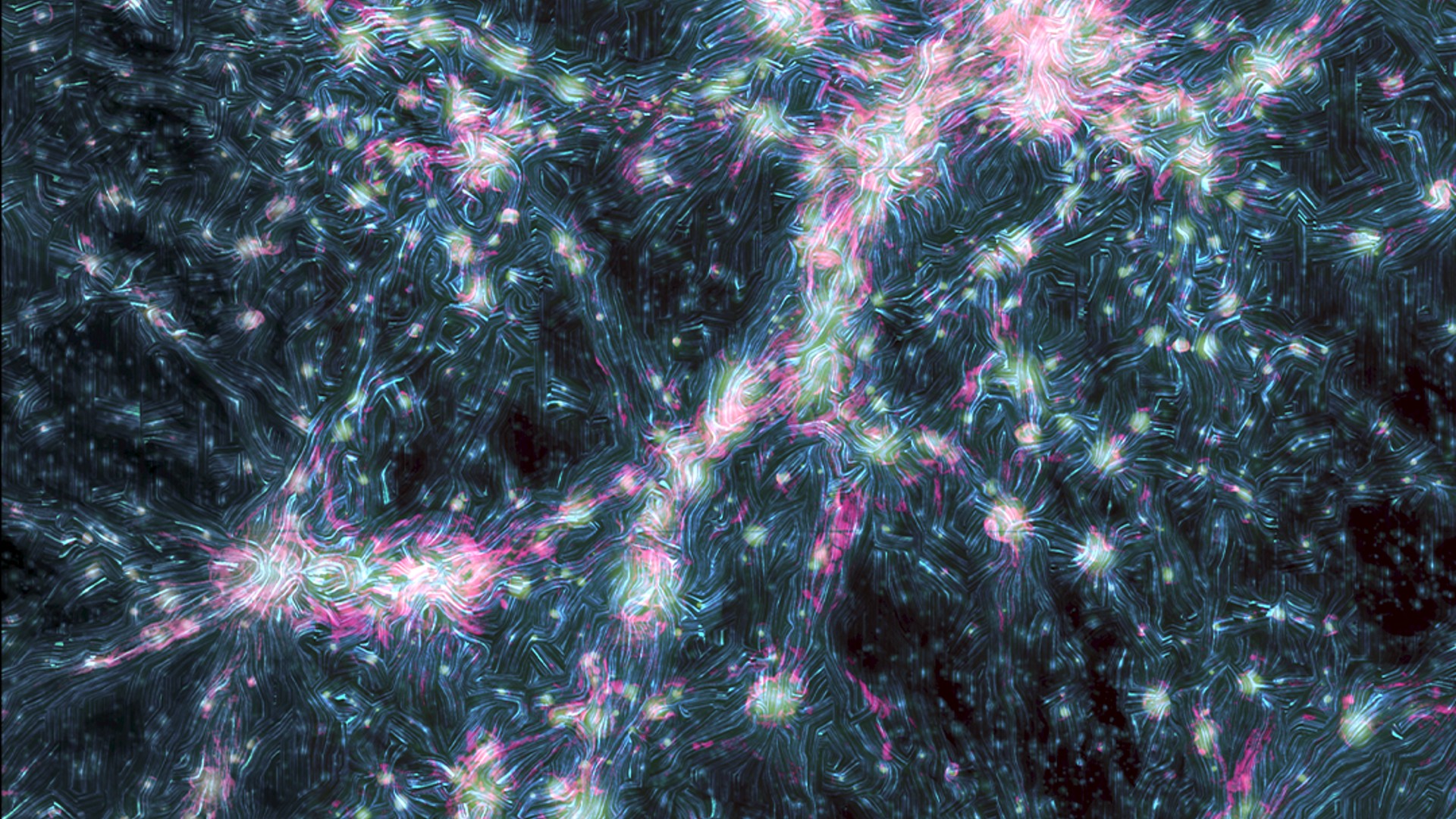IPO To Aid DigitalGlobe-GeoEye Comparison
The $250million initial public stock offering (IPO) planned by satellite Earthobservation imagery provider DigitalGlobe Inc. will give investors anopportunity to make side-by-side comparisons of the Longmont, Colo.-basedcompany with its principal competitor, GeoEye Inc. of Dulles, Va.
As was madeclear in GeoEye's May 9 conference call, investors remain uncertain how to readthe buying habits of the U.S. National Geospatial-Intelligence Agency (NGA),which is by far the biggest customer for both GeoEye and DigitalGlobe andlikely to remain so for some time.
Investorblogs posted since GeoEye's first-quarter earnings release and conference call,which resulted in a sharp drop in a stock that had been a star performer in2007, underscore the fact that GeoEye investors cannot determine whetherreduced NGA revenues are due to GeoEye-specific problems, or a result of NGApolicy changes, as GeoEye officials suggested.
Bothcompanies rely on the U.S. government, mainly NGA, for between 55-60 percent oftheir revenues, according to filings with the U.S. Securities and ExchangeCommission (SEC).
As befitstwo players in a young industry, DigitalGlobe and GeoEye have yet to stabilizetheir asset base. The failure of just one satellite in orbit, which can happenat any time, would have a dramatic effect on either company's health because ittakes as much as four years to build the kind of high-resolution opticalimaging satellites the two companies rely on.
DigitalGlobeannounced April 14 that it planned to raise $250 million from an initial publicstock offering on the New York Stock Exchange. The IPO is being managed byMorgan Stanley and Lehman Brothers.
In terms ofcurrent assets, DigitalGlobe would appear to have an advantage because it hastwo high-resolution spacecraft, the QuickBird satellite,launched in 2001, and the WorldView-1, launched in 2007. Absent an in-orbitglitch, the two satellites should continue to operate until 2010 and 2018,respectively, according to the IPO registration documents DigitalGlobe sent tothe SEC April 14.
Get the Space.com Newsletter
Breaking space news, the latest updates on rocket launches, skywatching events and more!
A thirdsatellite, WorldView-2, tentatively is scheduled for launch in mid-2009 aboarda Boeing Delta 2 rocket, but as GeoEye recently learned, any slip in thesatellite's production schedule could mean the loss of a launch slot and adelay of several months in getting to orbit.
That delayhas proved costly for GeoEye, whose Ikonos satellite, launched in 1999, isalready two years past its scheduled design life. GeoEye said a late-2007review of its status concluded that it should continue operating until the endof 2010 at least.
GeoEye iscounting on the launch of its GeoEye-1 spacecraft to continue its NGA businessunder a contract called NextView. DigitalGlobe also has a contract under theNextView program, which is NGA's multi-year agreement to purchase images fromboth companies.
GeoEye hasbeen struggling to maintain its NextView revenue stream. The NextView deal wassigned with GeoEye-1 imagery in mind and a GeoEye-1 launch planned by March2007. Following a recent rescheduling with Boeing, the satellite now is slatedfor an Aug. 22 launch aboard a Delta 2 rocket.
But NGAreserves the right to reduce the amount of imagery it purchases in any givenperiod.
Bothcompanies cite the vagaries of NGA demand as a risk factor in their respectivebusinesses.
Anothermajor risk factor that both companies acknowledge in their respective SECfilings is the so far unresolved policy dispute about whether the U.S. government's remote sensing policy places the accent on commercially produced imagery orproducts derived from U.S.government-owned satellites.
With twohigh-resolution satellites now in orbit, DigitalGlobe is collecting "fourtimes the amount of square kilometers of high-resolution imagery per day as ourclosest competitor," the company said in its SEC filing.
The imageryis deposited into DigitalGlobe's ImageLibrary, an elaborate content archivethat is the source of a significant share of the company's annual salesrevenue.
GeoEyeconcedes that its competitor has an important new weapon since WorldView-1 enteredservice in late 2007, and not only because it added a second high-resolutionsatellite to DigitalGlobe's portfolio.
In additionto the improved frequency of overflight of a given area, the addition ofWorldView-1 also gives DigitalGlobe the ability to download data directly tocustomers, a capacity that QuickBird lacked. GeoEye said once DigitalGlobe hascompleted the installation of its network of WorldView-1 ground stations,GeoEye's "competitive advantage is no longer as strong."
GeoEye andDigitalGlobe both operate under U.S. government regulations that prohibitdistribution of black-and-white imagery sharper than 50 centimeters in groundresolution, and 2 meters for color imagery.
Bothcompanies also are facing increased market challenges from Europe, Israel and India. In Europe especially, the expected consolidation of the Earth observation assetsof Astriumunder the Astrium Services division will create a single company drawing on thestrengths of Spot Image of Toulouse, France, which has a global network ofaffiliates and partnership deals for optical imagery; and InfoTerra of Germanyand Britain, which has begun to commercialize high-resolution radar data.
Despitethis, both DigitalGlobe and GeoEye say one of their key strategic goals in thecoming years is to increase their presence in Brazil, China, India, Russia and other emerging markets.
- Satellites at SPACE.com
- The Top 10 Views of Earth From Space
- Image Gallery: ASTER Images of Our Earth
Join our Space Forums to keep talking space on the latest missions, night sky and more! And if you have a news tip, correction or comment, let us know at: community@space.com.

Charles Q. Choi is a contributing writer for Space.com and Live Science. He covers all things human origins and astronomy as well as physics, animals and general science topics. Charles has a Master of Arts degree from the University of Missouri-Columbia, School of Journalism and a Bachelor of Arts degree from the University of South Florida. Charles has visited every continent on Earth, drinking rancid yak butter tea in Lhasa, snorkeling with sea lions in the Galapagos and even climbing an iceberg in Antarctica. Visit him at http://www.sciwriter.us
